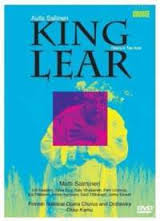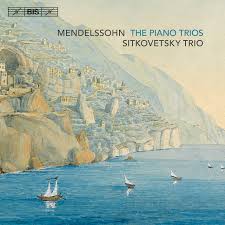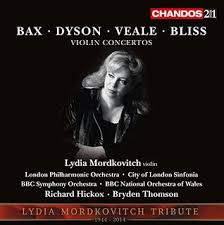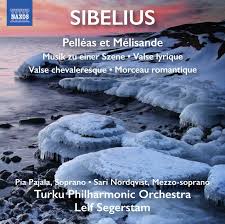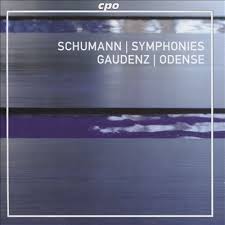Wagner: Tannhauser
Bayreuth Festival 2014
OPUS ARTE OA 1177 D
It is many years since I was last in Bayreuth but regular releases have enabled us to keep up with the changes in production style which the house has undergone. Few can be stranger than this new Tannhauser. Musically there is a great deal to commend it and if it were a CD release I would be full of praise both for Axel Kober conducting and the immaculate singing of the Bayreuth chorus. Solo singing is strong and frequently beautiful in its line.
However the approach seems almost entirely perverse. Wagner created Bayreuth to enable the audience to immerse themselves in the work, to focus entirely upon it without distraction. The stage setting should enable the audience to forget everything except the work itself. Here, the stage is converted into a factory – and moreover a factory which works on regardless of the action in which the singers are involved. There is even a lengthy non-communion service prior to act three. The designer and director state in a lengthy programme note that they wanted the setting to create a non-world within which the opera could take place. It seems reasonable to ask why they did this at Bayreuth? If they want to set it in a factory why not do just that? There were surely plenty of redundant buildings which could have been put to use, but to use all the resources available at Bayreuth for a static factory set seemed counter-productive and constantly worked against both the music and the narrative. Some recent productions have been dull, some – like the recent Mesistersinger- have proved challenging but highly effective. Visually, this Tannhauser was neither.
Aulis Sallinen: King Lear
Finnish National Opera, Okko Kamu
ONDINE ODV 4010
King Lear has been a provocation to composers for at least two centuries. Verdi and Britten both contemplated it but in the end abandoned their schemes. This recent version, recorded in 2002 at the Finnish National Opera, by Aulis Sallinen is more traditionally operatic than one might expect of a contemporary composer. The chorus is used liberally throughout and much of the vocal writing is lyrically based. Matti Salminen makes a strong protagonist and he is well supported by strongly focussed characterisation from those around him. Lear is never an easy work but this version could sit comfortably alongside more familiar settings of Shakespeare.
Mendelssohn: Piano Trios
Sitkovetsky Trio
BIS 2109 56’59
This new CD was featured recently on the radio and hopefully that will have brought this lovely recording to a far wider audience. The performances are crisp and bright throughout; well worthy investing in.
British Violin Concertos
Lydia Mordkovitch, violin
CHANDOS CHAN 241-53 78’39; 77’36
This is a timely issue, bringing together the collective talents of Richard Hickox and Bryden Thomson with Lydia Mordkovitch who was a founding artist for Chandos records. It includes violin concerti by Arnold Bax, George Dyson, Arthur Bliss and John Veale, the most interesting of which is the most recent – and least known – by John Veale. It also demonstrates the continuing strength of more conventional composition throughout the twentieth century in the face of the avant-garde. There is a great deal to enjoy here.
Sibelius: Belshazzar’s Feast
Turku Philharmonic Orchestra, Leif Segerstam
NAXOS 8.573300 63’03
Sibelius: Pelleas et Melisande
Turku Philharmonic Orchestra, Leif Segerstam
NAXOS 8.573301 57’49
These two new releases bring together a large number of smaller works, often lesser known, in the company of the complete incidental music for Pelleas et Melisande and Belshazzar’s Feast. Leif Segerstam has a lean, often dry, approach to the scores which is convincing in its honesty and the tonal finesse of the orchestra. The Turku Philharmonic Orchestra is joined by soprano Pia Pajala and mezzo Sari Nordqvist in Autrefois. For those of us who value Sibelius and are keen to add to our collections his shorter pieces these are a valuable addition.
Schumann: Complete Symphonies
Odense Symphony Orchestra, Simon Gaudenz
CPO 777 925-2 123’52
There are many recordings of the Schumann symphonies so what have these Odense recordings have to offer? That they are presented in chronological rather than numerical order may seem a minor point but when listening straight through it moves the fourth symphony into its correct (second) place. Doing this, we get a far better sense of the growth of the composer as a symphonist. The first is light, Mendelssohnian in touch and sensitivity. This lightness continues right through with a sense that Schumann is closer in emotional temperament to the classical mode than the later romanticism. We experience the burgeoning romanticism through Mozart’s eyes rather than Brahms. I found this very convincing, though I realise some readers may prefer a more profound, not to say heavier, sound world.


